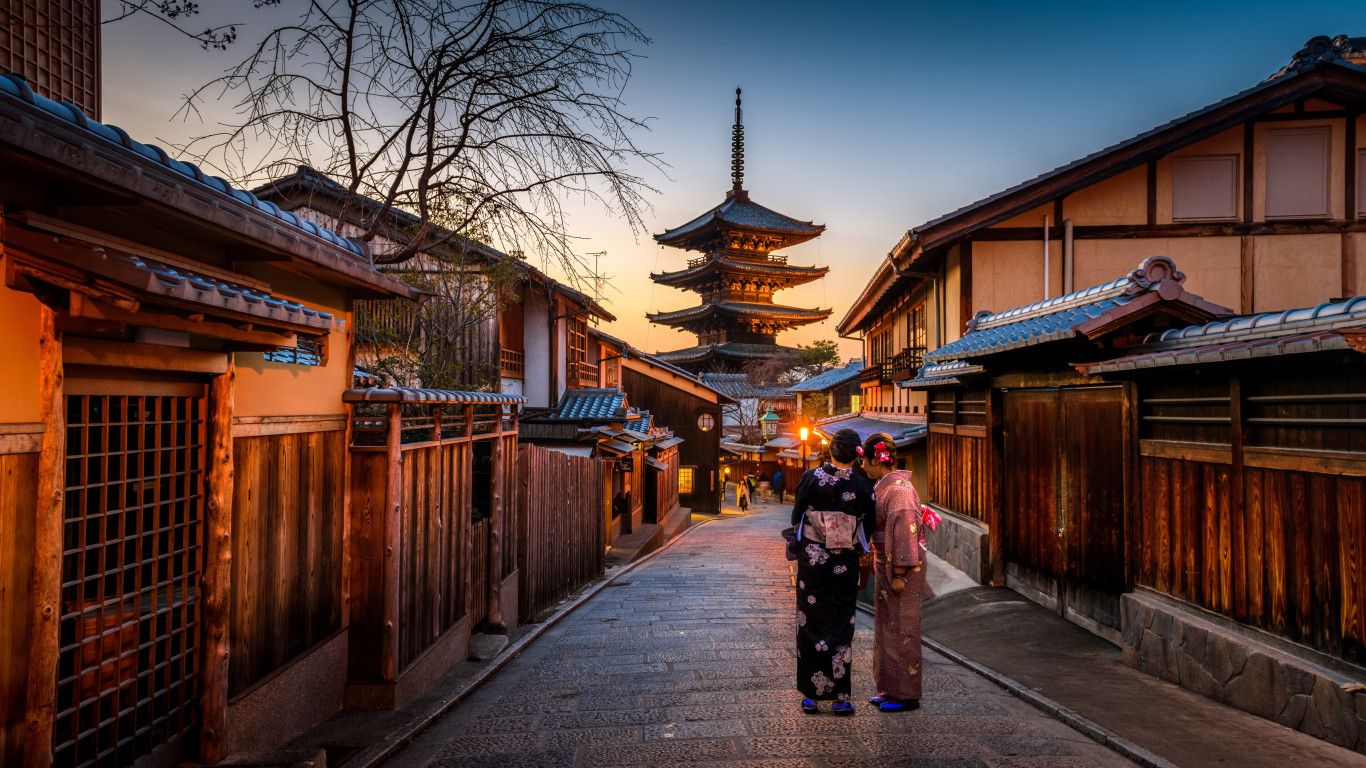Japanese culture is fascinating. The history of Japan is vast. Since the earliest times, Japan has been influenced by China, Korea, Vietnam, and Indonesia. There were several periods of influence during the history of Japan. When the Japanese Empire began to fade away, many of its former colonies were absorbed by Japan. After World War II, Japan was occupied by the United States, and today there are many American soldiers who are stationed in Japan.
The history of Japan consists of several islands, which were administered by Japan during the time of the Japanese Empire. The first island to become part of Japan was Korea. After the Japanese Empire was dissolved, South Korea was given independence, and the last island to become Japanese territory was Hawaii. At the present time, some twenty-two minor islands are part of the Japanese culture. The Japanese terminology, Japanese culture, history of Japan, and samurai culture are all three components which have influenced Japanese culture greatly.
Japanese History Prior to the twentieth century, there was no connection between Japan and China. This is because there was no contact between the Chinese language and Japanese. Only in the fourth and fifth centuries ago did Japanese grammar, writing, and culture start to form. Many of the words and phrases used in modern Japanese culture come directly from China.
Many phrases in the Japanese language do not have any resemblance to the Chinese language. As a result, many Chinese-speakers in Japan do not know how to write their own language. Some Japanese people are comfortable with the existence of such phrases as chopsticks, or what is known as the Sencha. This is due to the strong influence of the Chinese culture in Japan. The Japanese people have borrowed the basic ideas of Chinese traditional Japanese culture and incorporated it into their traditional Japanese foods and clothing.
Dragon Pictures In order to understand the roots of Japanese culture, one must also be familiar with the dragon images. Dragon images were very popular in ancient times. They are considered powerful creatures in Japanese culture and are usually found in Japanese gardens.
Aiki Retsubera In the west, Aiki Retsubera is a type of massage that involves a bowl of warm soup and a finger placed in its center. By imitating the shape of a finger, the mini bonsai has the power to ward off evil spirits. Many Japanese people believe that if you rub your thumb and index finger together at the center of a Aiki Retsubera, you can absorb the positive energy from the soup and the Aiki. Another way to use Aiki Retsubera is to use it to cleanse your body of toxins by smearing it on the back, stomach, or buttocks.
Kyudo During the time of Japan’s feudal history, kyudo was a way of preserving the culture during warfare. Every military officer had to follow the strict rules of the samurai code. Every meal had to be eaten with the right timing. Every meal had to be accompanied by meditation sessions. These strict regulations kept the soldiers from becoming weak or complacent. Every part of the samurai ritual, including the kyudo ritual, was designed to hone the skills and abilities of the warriors and keep them ready for battle.
Don’t be surprised if you don’t know all about these incredible traditions, if you decide to visit Japan. Don’t let yourself be fooled by what you think is traditional Japanese culture because there is so much more to it than meets the eye. If you take the time and effort to learn all about these ancient traditions, you will have a great respect for the Japanese people and their culture. And what’s great is that you can still enjoy the sights, smells, and sounds while still learning something new at the same time.

